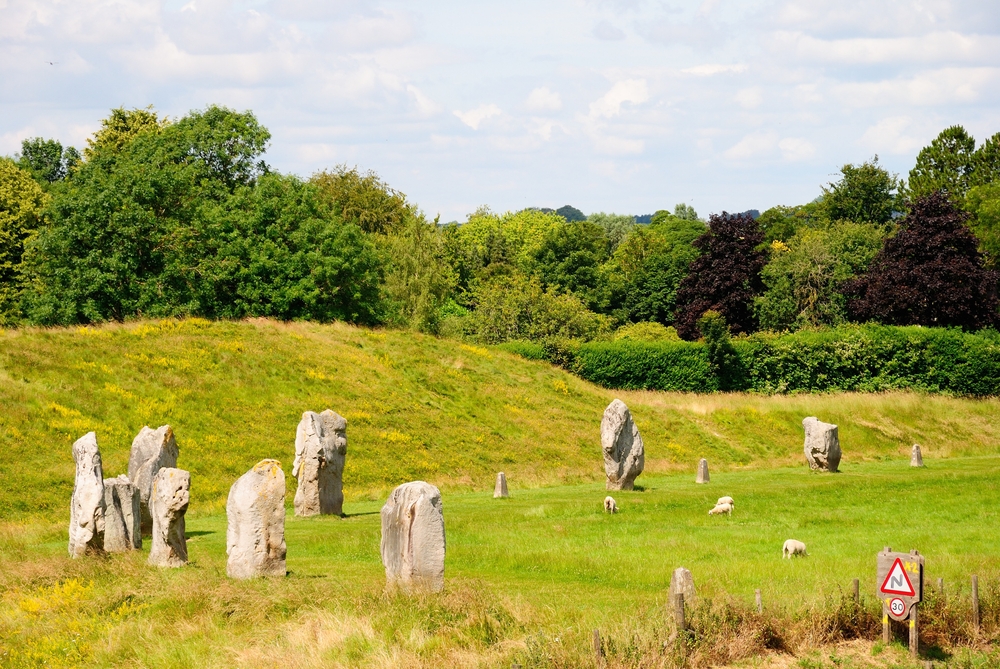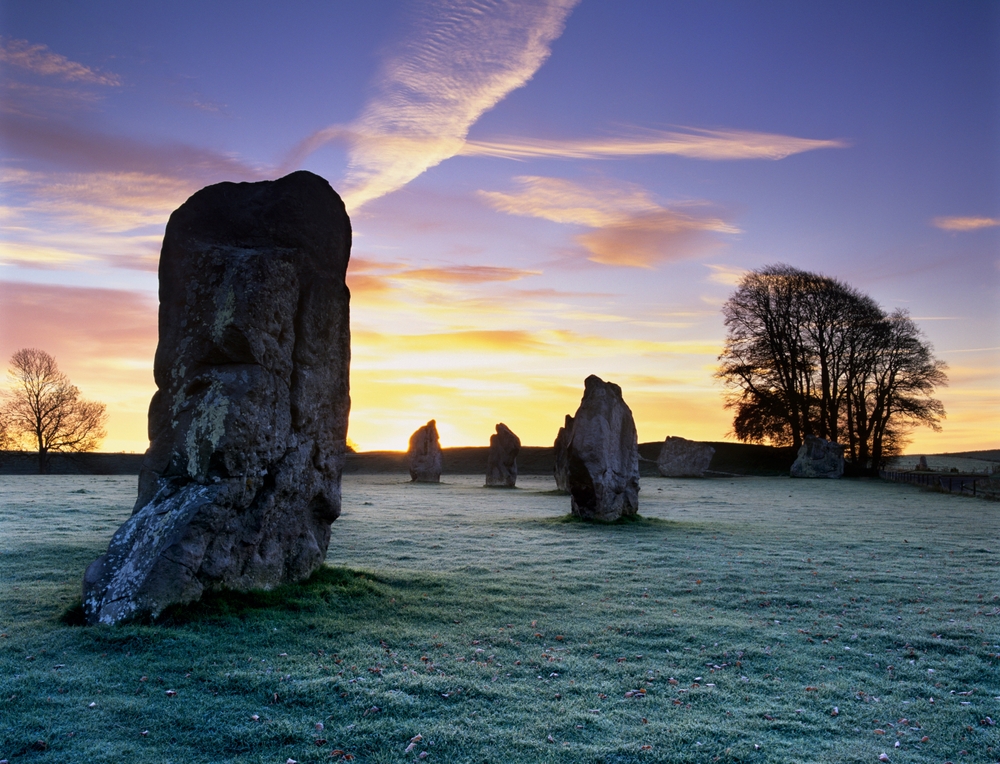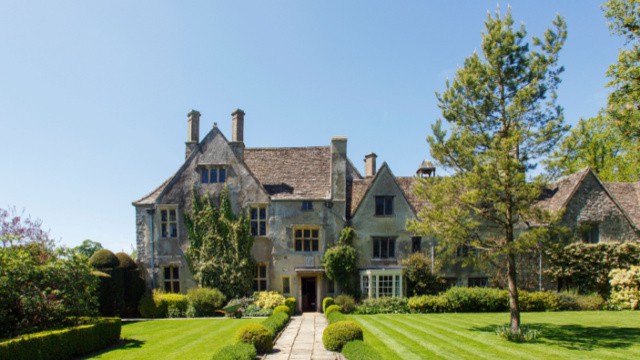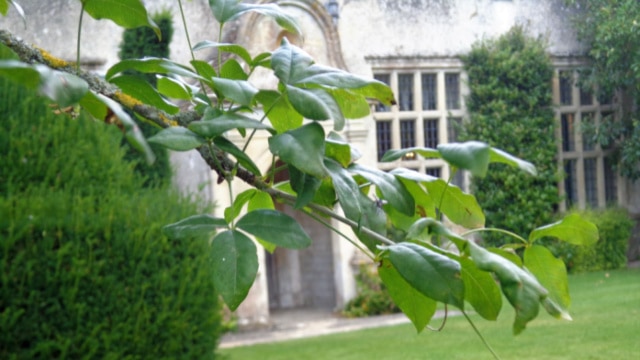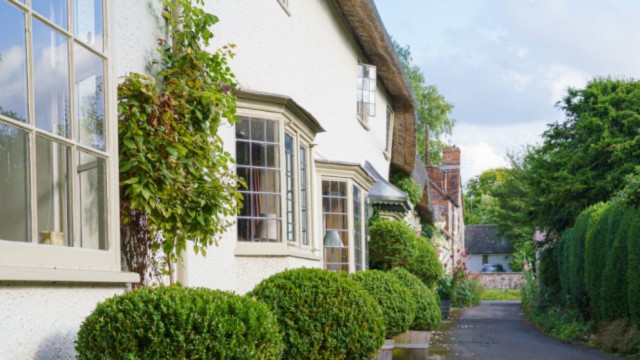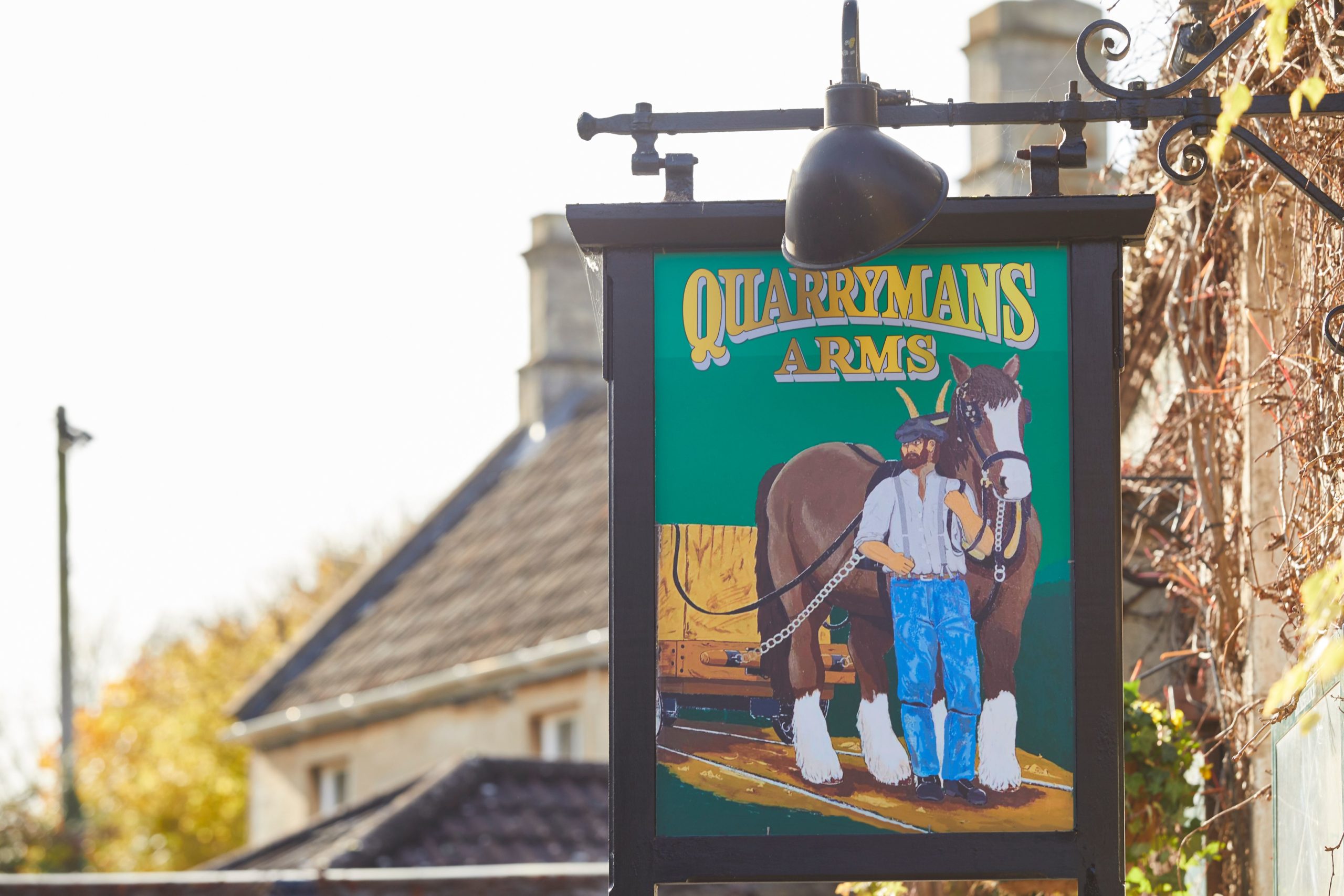A Brief History Of Avebury
The stone circle at Avebury was constructed and adapted over many centuries, with it widely accepted that work began around 3000BC.
The purpose of the Avebury monument (and many other neolithic sites such as Stonehenge) is often the subject of debate, though many experts agree that it is likely that they were created as areas for ceremonies or rituals.
In the periods that followed, Avebury was targeted on multiple occasions. In the early 14th century, many of the stones were toppled by locals who believed that they were linked to the devil. By the 19th century, most of the stones had been removed – either due to the religious beliefs already stated, or had been broken down and used as building materials for nearby projects.




